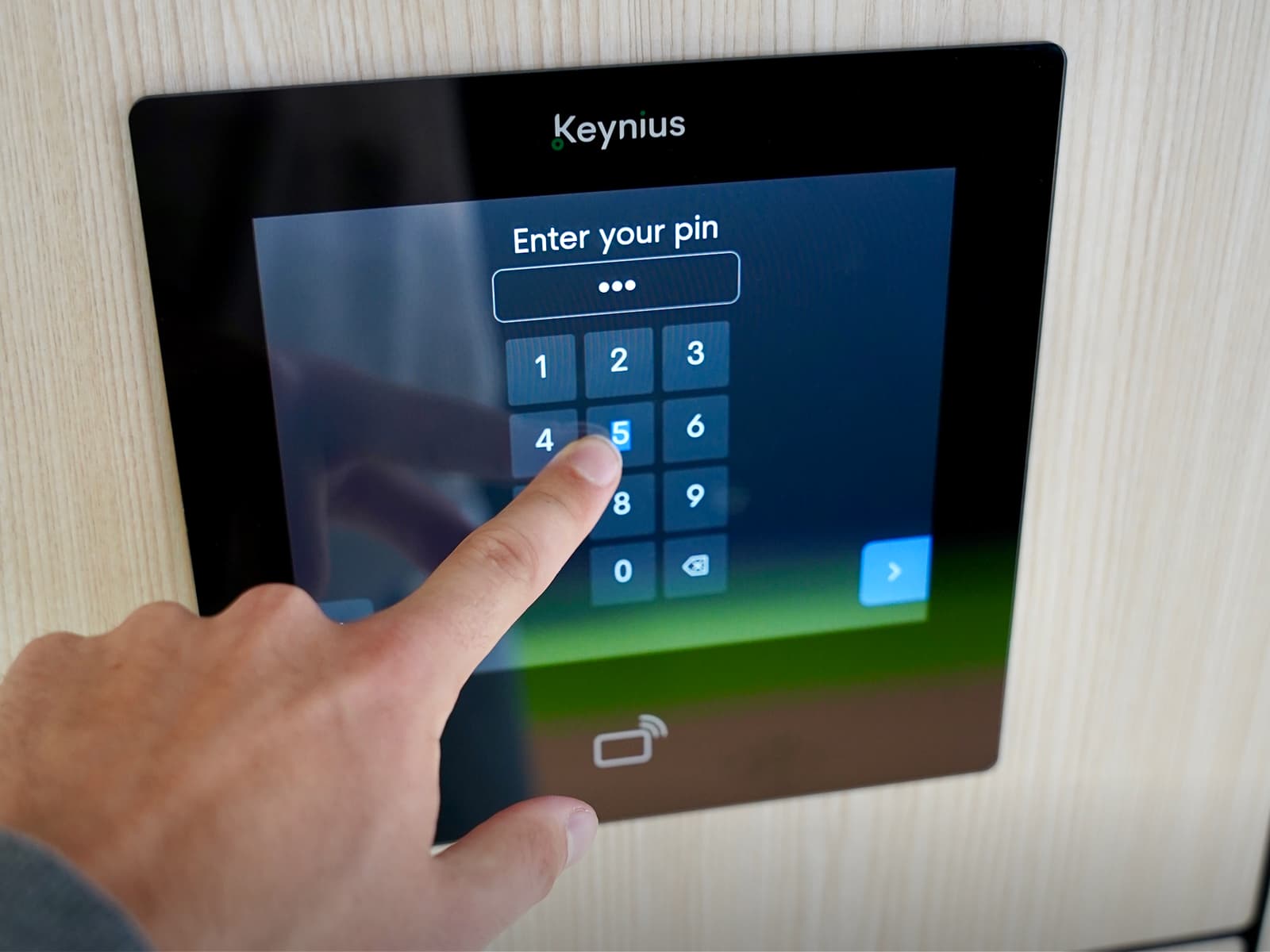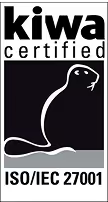How to Open a Locker with an RFID Card: Step-by-Step Guide
Using an RFID card to unlock a locker is fast, simple, and secure. Whether you’re managing lockers at a gym, office, or school, this guide walks you through how RFID lockers work, how to set them up, and why they’re a great choice for users and admins alike.
What Is an RFID Lock?
An RFID (Radio Frequency Identification) lock is a keyless electronic lock that opens when a registered RFID card, fob, or wristband is tapped against it. Each card has a unique ID, and when the lock's reader verifies that ID, it unlocks instantly, no keys, no codes, no hassle.
How Do You Unlock a Locker with a Card?
Just tap your RFID card on the reader. If the card is registered, the lock clicks open. That’s it. The door will automatically lock again after a few seconds.
You can also use a wristband or key fob, they work the same way.
What Equipment Do You Need?
To get started, you'll need:
- RFID locks installed on locker doors
- RFID cards, fobs, or wristbands
- Locker management software
- Battery-powered locks (most run for years)
- An integrated card reader in each lock
How Are Cards Assigned?
Admins use management software to assign a card to a specific user and locker. Cards can be programmed for:
- Permanent access (for long-term users)
- Temporary access (for guests or visitors)
The setup is quick and doesn’t require physical keys or codes.
What Modes Are Available?
Most RFID systems support:
- Permanent mode - Ideal for staff or members
- Temporary or rental mode - Great for short-term users like gym guests
You can switch modes easily in the admin dashboard, no tools needed.
Why Is It User-Friendly?
RFID lockers are easy for everyone:
- No keys to lose or pins to remember
- Just tap and open
- Auto-lock feature keeps things secure
- Perfect for busy or high-traffic areas
What About Security?
RFID lockers are more secure than traditional systems:
- Every card has a unique ID
- Admins can track locker access by user and time
- No codes to guess or share
To stay extra secure, avoid outdated cards like MIFARE Classic. Modern systems offer stronger encryption.
What If a Card Is Lost?
No problem. You can:
- Deactivate the lost card instantly
- Assign a new card in minutes
- Prevent unauthorized access- no need to change locks
How Do You Maintain the System?
Here’s what ongoing management looks like:
- Replace lock batteries as needed (typically every few years)
- Keep software updated
- Audit access logs regularly
- Remind users how to tap properly and not block the reader
Where Are RFID Lockers Used?
You’ll find RFID lockers in:
- Gyms and fitness centers
- Offices and corporate workspaces
- Swimming pools and recreation centers
- Co-working spaces
They’re ideal for places where speed, security, and convenience matter.
Quick Recap
- Tap your RFID card to unlock the locker
- System supports both permanent and temporary access
- All access is managed through simple software
- Secure, convenient, and low-maintenance
- Lost cards? Easily replaced, no hardware swap needed
FAQ about Smart Lockers
How does the Keynius locker system work?
Keynius lockers combine smart electronic locks - smart locks and battery locks - with cloud-based software and optional local controllers via our Smart Home Teacher and Students.
Locks connect via LAN or Bluetooth to the Keynius platform, allowing users to authenticate, open, and manage lockers through touchscreens, RFID, PIN, or mobile app.
Admins control access rights, monitor usage, and configure lockers remotely via the Keynius Portal.
Can I customize the locker design and materials?
Yes. We are the only smart locking provider that owns every part of our supply chain, which includes all components, hardware, cabinetry, and software. This allows us to offer the most customizable smart lockers in the industry.
Lockers are available in multiple materials and colors:
Steel, powder-coated in standard RAL colors.
Wood-based panels with extensive Egger color finishes.
HPL laminate for high-durability indoor/outdoor use.
Outdoor waterproof steel version.
Each locker supports optional side panels, bases, benches, and color branding, or vinyl wrapping, as well as your selection of lock type, connection type, and many other custom add-ons.
Is the platform cloud-based or do I need local servers?
The Keynius platform is fully cloud-managed, requiring no local servers. Hardware like Smart Home Teacher/Student units and Battery Locks connect to the cloud via LAN or Bluetooth and are configured through the Keynius Portal or App.
What authentication/access methods are supported?
Supported authentication methods include:
PIN (capacitive keypad or mobile-assigned)
RFID (MiFare, HID, NFC, Apple Wallet)
Mobile app (BLE) for remote and Bluetooth access
QR code scanning (QR Reader IP65)
Payment terminals can optionally authenticate via debit/credit contactless systems.
How secure is the system and where is the data hosted?
Hardware is certified to CE, FCC, UKCA, and RoHS standards, with IP-rated protection up to IP65 for outdoor units.
Locks feature encryption, motorized mechanisms, and mechanical overrides for fail-safe access.
All data, including access logs and credentials, is stored securely in Keynius’ EU-hosted cloud environment compliant with European data protection standards.
Can Keynius integrate with our existing software?
Yes. The system offers open APIs for integration with HR, facility, payment, or booking systems. Payment terminals support remote configuration through the Terminal API.
View our existing integrations here.
What industries or use cases is Keynius suitable for?
Keynius offers a modular, flexible design which makes it compatible for nearly every industry and use-case.
Our most common sectors include:
- Corporate offices (personal storage, hybrid desks)
- Education (student lockers, IT device storage)
- Logistics and retail (parcel and click and collect)
- Leisure, hospitality, and healthcare (staff or visitor lockers)
What’s included in the setup and onboarding process?
Every project is different and requires its own scope, but we strive to offer a consistent and repeatable solution as much as possible to streamline our effectiveness and the quality of service we're able to deliver.
1. Design phase: Configure cabinet models, lock types, and finishes.
2. Installation: Connect Smart Locks to the Smart Home or cloud (plug-and-play).
3. Software setup: Locker walls created in the Keynius Portal; access rights assigned.
4. Training: Admins and users onboarded via the app guide.
5. Support: Remote monitoring, software updates, and Keynius support line.


%20(1).jpg)





%201.svg)
%201.svg)
